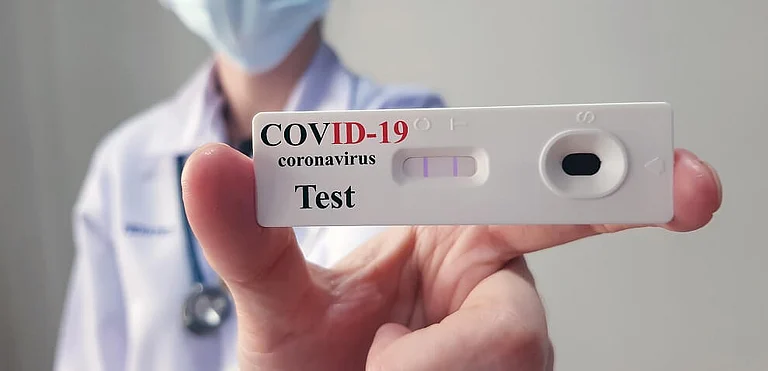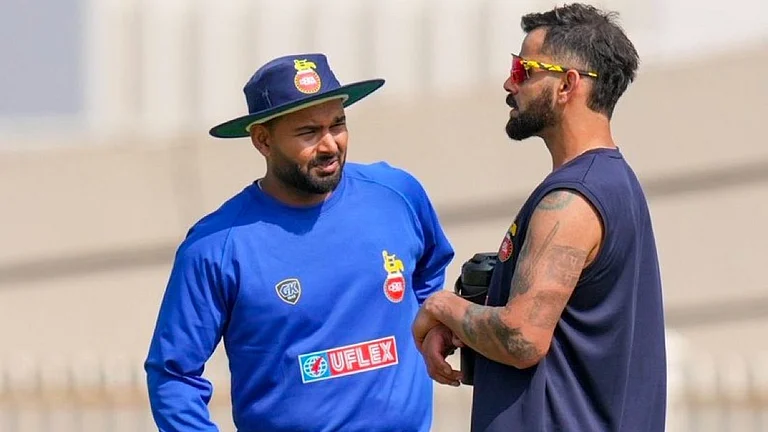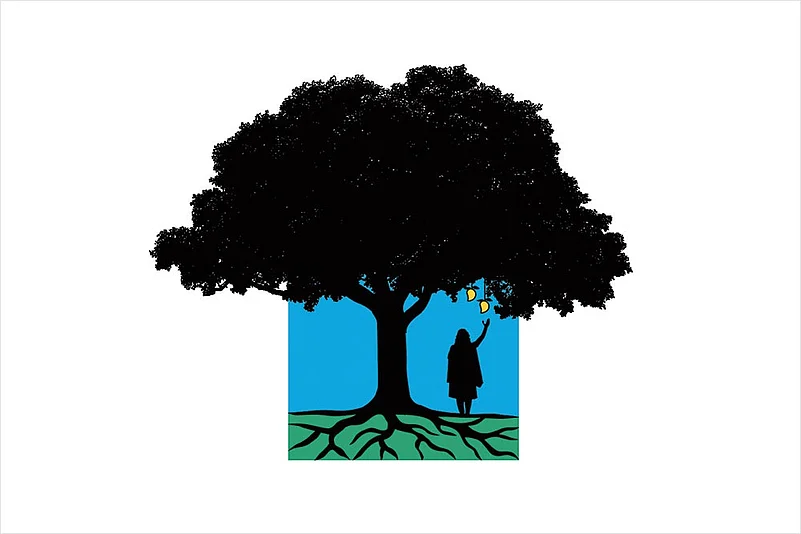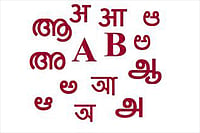I was born in the Caribbean but have lived in India a long, long time. So I sometimes find myself starting a sentence talking about ‘we’ who speak Creole languages and in the next breath segueing smoothly to ‘we’ who speak Indian languages. Could I really be in Trinidad and in India at the same time?
Some years ago, I went back to Trinidad to see my mother. She met me at the airport looking a few years older, handed me the keys to her car and I drove us back home. The phone was ringing and I rushed inside to answer. Someone who had no idea that I had ever been away wanted to talk to me about a piece I had written. And another life resumed. That was when I realised that I could. That when I ‘snoozed’ India, my eyes opened again in Trinidad!
When I first came to India I kept being told that my Bhojpuri was different: it didn’t sync with any district in India. But over the years, Indian Bhojpuri has caught up with us and now, with a more general Bhojpuri emerging, people have begun to see me as a historical resource.
‘Do you also have litti-chokha in Trinidad?’
‘No, only chokha. Mostly tomato chokha, but also baigan.’
‘Aloo?’
‘I saw aloo chokha once when I was a kid.’
‘How come no litti?’
The truth is that when we left India there was no wheat yet in Eastern UP and Bihar. People ate rice. Wheat from North India did not go there. But wheat did get to Cochin and Calcutta via ships from Britain and Europe. Not whole wheat flour, but white flour, the only thing that could survive a long sea voyage without rotting. That is why Malabar parathas and Bengali lucchis are still made from white flour. Our ancestors saw their first rotis in Garden Reach depot while they were waiting for the Hooghly to fill with monsoon rain and get deep enough for the big ships.
To this day we have no word for whole wheat flour in our Bhojpuri. The word ‘atta’ doesn’t exist! But we do have a word for white flour: phoolawa. From the English ‘flour’, yes, but with a little bit of ‘flower’ too.

























